The Webley Mark III & Supertarget Air Rifles
Please be aware that some specialist imagery may take time to load.
This site is for dedicated researchers and is best viewed on desktop.
or the BSA & Webley air rifles used in military training
One of the earliest advertisements for what would eventually lead to the Mark III Webley air rifle was in the 1938 Parker-Hale catalogue, almost immediately before the commencement of the Second World War (1939-45).
This advertisement was actually for the Diana Model 45 air rifle, from which the Webley Mark III evolved. Apart from the design of the stock, there was very little evidence of difference other than the positioning of the tap-loading lever on the opposite side. Although the two-stage trigger of the Diana was used on the early Mark II variant, the later rifles were fitted with the less complicated, and more economically produced, trigger mechanism similar to that of the original Lincoln Jeffries and BSA under-lever air rifles.
The use of the Diana Model 45 design was frankly not unreasonable, as that company had in any case effectively "borrowed' the design from the BSA under-lever models.
Only two pages on, in the same 1938 catalogue, the equivalent Haenel Model 7 was on offer,
along with the single-shot and magazine-fed repeating version of their Junior model.
The similarity between the Diana Model 45 and the Haenel Model 7 is more than just coincidence.
It was during WWII, around 1943, when Webley proposed the utilisation of the design of the Diana Model 45 for their new rifle, but Webley were outbid in the sale of the Diana company post-war, when German companies were sold off for War reparations, and Webley were obliged to make other arrangements for tooling.
Below: Top: the Webley Mk.III; centre: the Haenel Model 7; bottom: the Diana Model 45.
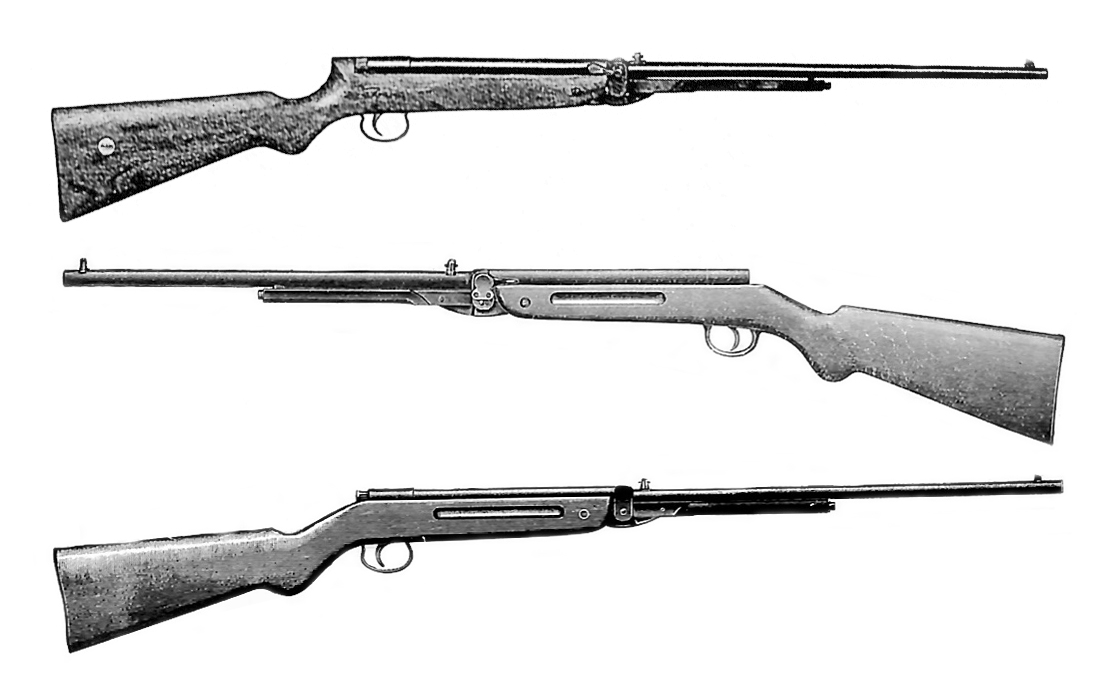
______________________
An article in the long defunct Guns Review magazine of July 1976, written by D.H. Commins,
briefly covered a few of the most rare Webley air arms, with mention of the prototype for the Mk.III rifle.
These text-searchable documents can be viewed with vertical scrolling
or as flip-pages by clicking the appropriate icon.
Depending upon the number of pages they may take a few moments to load.
Double tap tablet or click ![]() for full page display.
for full page display.
One of the leaflets published at the time.

Below is a facsimile of Webley's own pamphleted manual for the
"Mark 3 and Supertarget Club Model Air Rifles"
"Instructions for Use, Care and Maintenance"
The first appearance of the new model Webley air rifle, succeeding the Mark II Service model, was in 1946.
Between 1940 and 1945 there were no air rifles advertised as being available new whatsoever.
By 1945, the only rifles that could be purchased were the .22 rimfire training versions of the S.M.L.E.
(The Rifle, Short, Magazine Lee-Enfield).
The price had yet to be fixed, and the earliest deliveries would not be before 1947!
Next: the page for the Webley Mk.III in the very first post-war Parker-Hale catalogue of 1946.
The second post-war catalogue for 1947, issued well into the year, set the price for the Mark III at £11:16s:0d
plus Purchase Tax of £2:19:0; a total of fourteen pounds fifteen shillings (£14.75).
At that time, the BSA Sportsman rifle cost just £6, and their newly announced
Model 12/15 Martini .22RF target rifle was priced at £17:10:0 (£17.50).
Below is a much later 1950s detailed leaflet page for the Mk.III

It was in 1949 that the Mark III became available from the factory
with the optional Parker-Hale model PH.16M aperture rear-sight.
_____________________
A fine article on the Webley Mk.III rifle was also published
in the Guns Review magazine nearly two decades later - in July 1994
It was written by Geoffrey Allen.
In 1963 webley introduced their Supermatch Club rifle,
supplied without the mid-barrel mounted sight but with the PH.16M aperture model.
The Supermatch was upgraded to the Supertarget Model only a year later in 1964.
Below: the brochure-cum-manual for the Mk.III and Supertarget rifles
is illustrated below as another PDF file.
The Supertarget version of the Mk.III rifle had a loose military connection,
in that it was apparently occasionally used in cadet-type training because it was marketed with an option for aperture target sights.
Such models used the Parker-Hale PH17B rear sight and the F22 tunnel fore-sight with exchangeable elements.
The earliest of these rifles kindly made available to us is serial numbered A3758.
REMAINDER of PAGE STILL UNDER CONSTRUCTION as at Mid 2025 - MOSTLY IMAGERY
Hover over or Click image to bring up hi-res file and magnifier
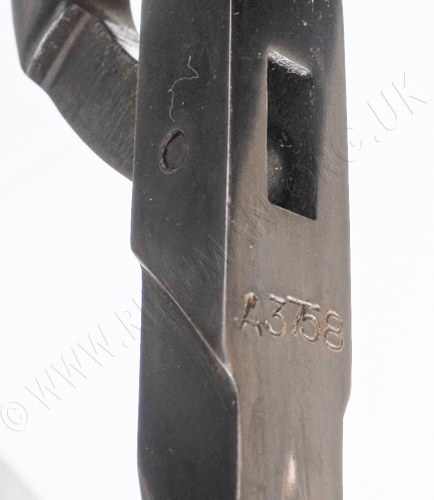 .................
................. 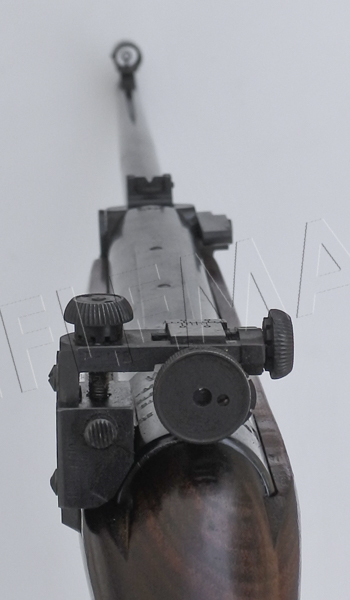
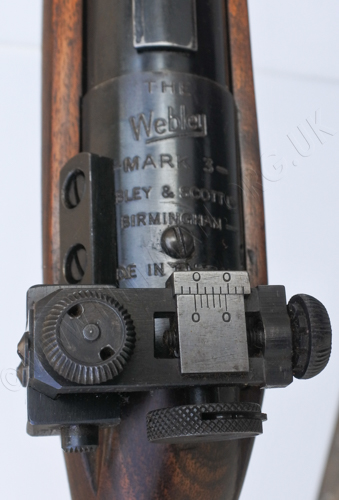
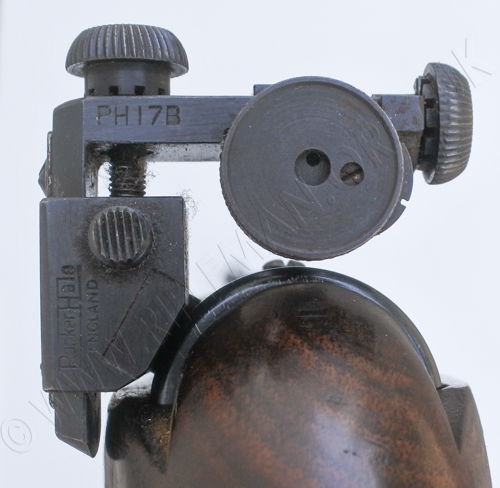 .................
................. 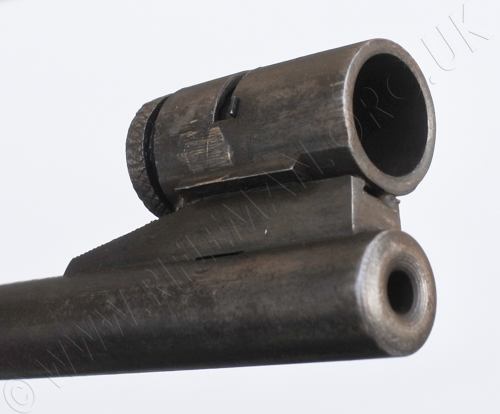
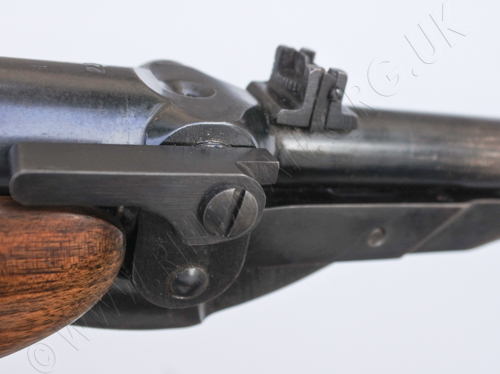 .................
................. 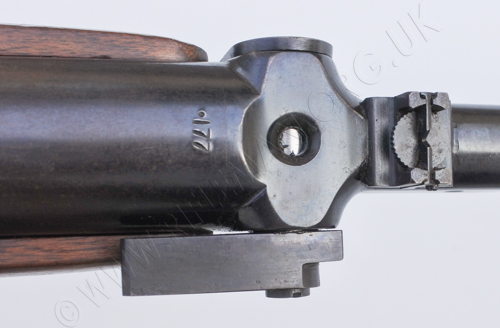
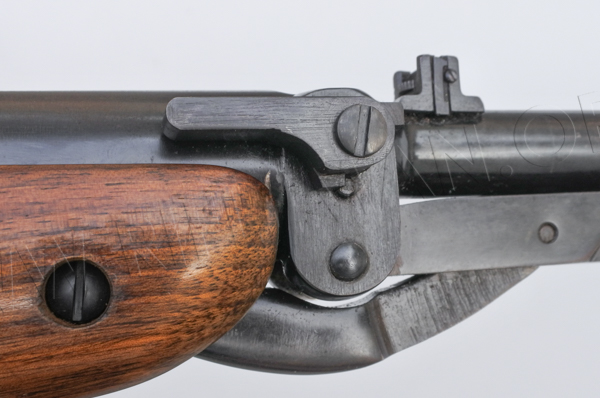 ........
........ 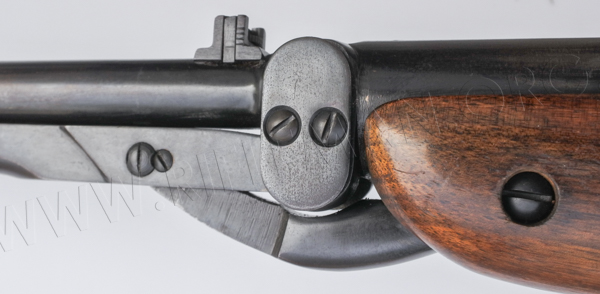
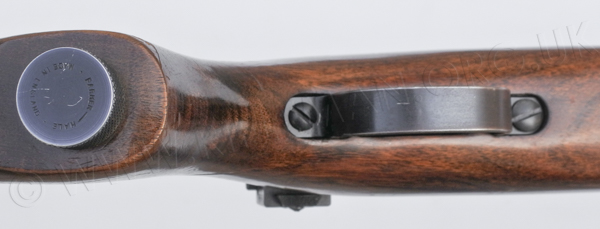 ........
........ 
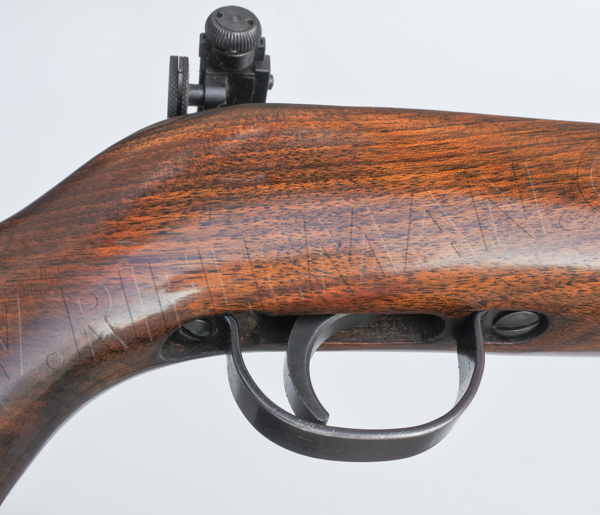 .................
................. 
_______________________________
A period advertisement expounding the usefulness of the rifle

Hover over or Click image to bring up hi-res file and magnifier
Oddly, this rifle uses the tapered trigger-guard originally fitted to the Supermatch Club model that preceded the Supertarget Club rifles; however it does not have the much more forward-curved trigger of the Supermatch.
______________________
An advertisement published in the Shooting Times & Country Magazine
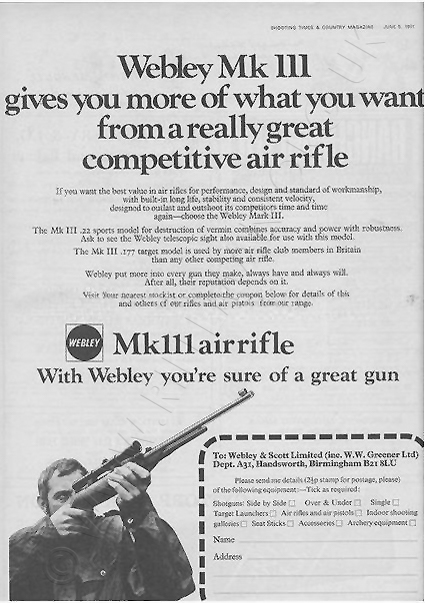
The next "A" prefixed model.
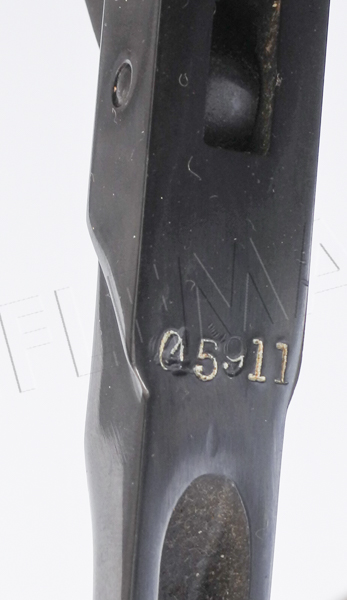 .................
................. 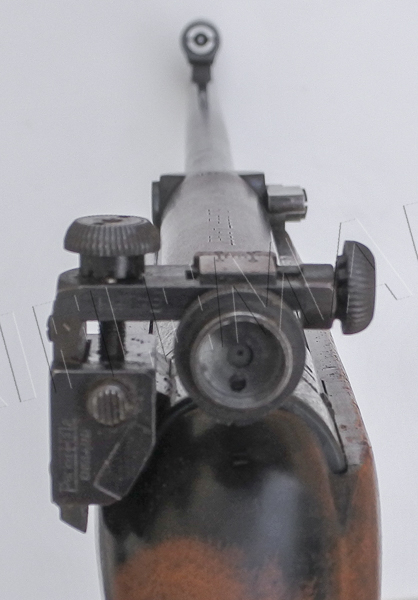
 .................
................. 
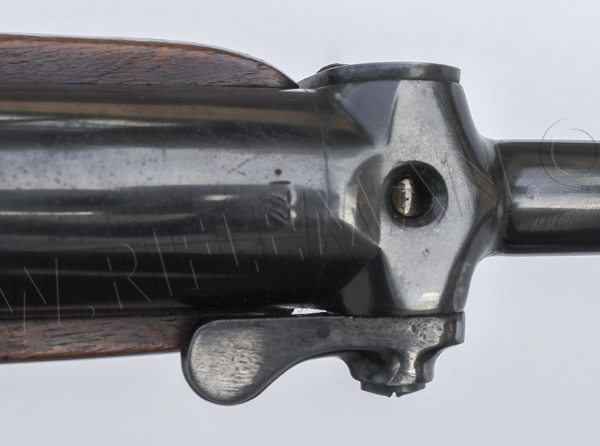
 .................
................. 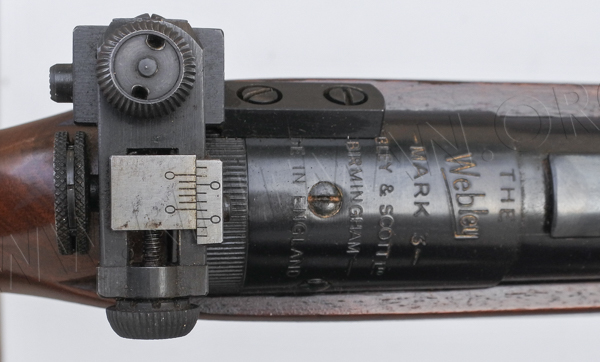

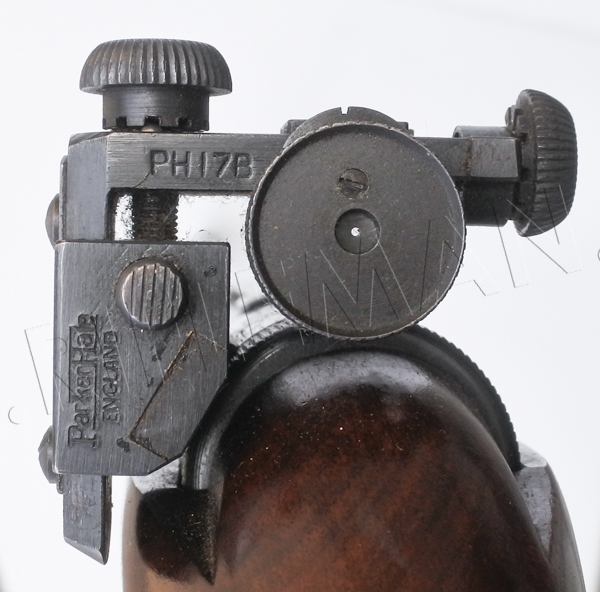 .................
................. 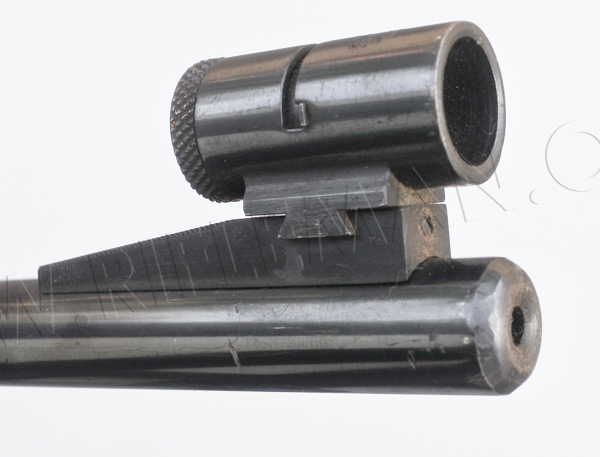
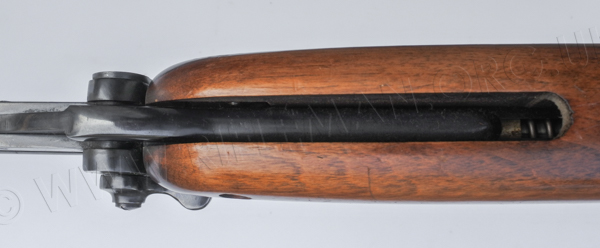 .................
................. 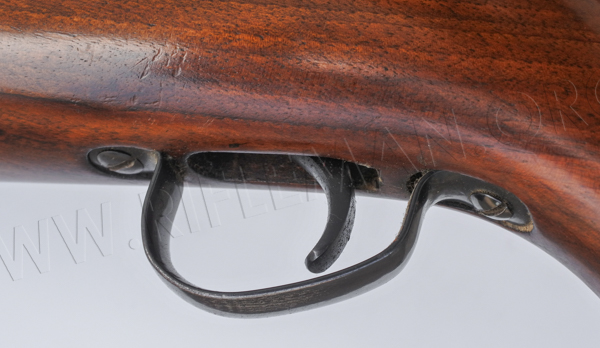

________________________
The later "B" prefixed model.
Hover over or Click image to bring up hi-res file and magnifier
 .................
.................
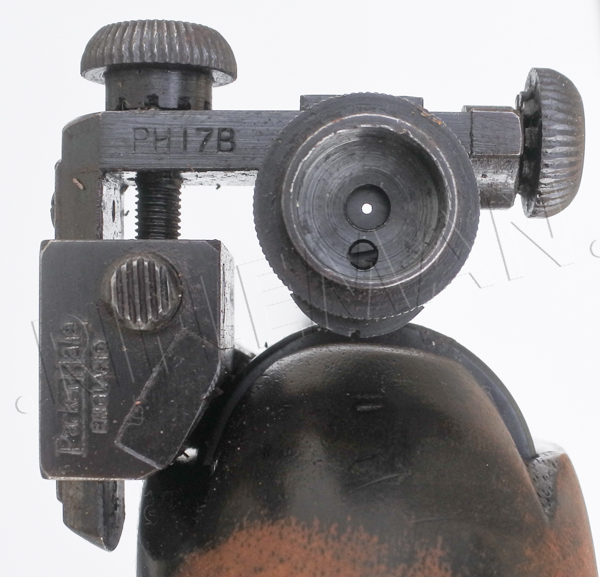 ............
............ 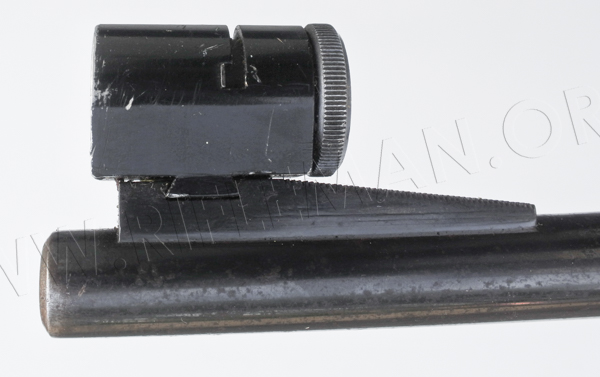
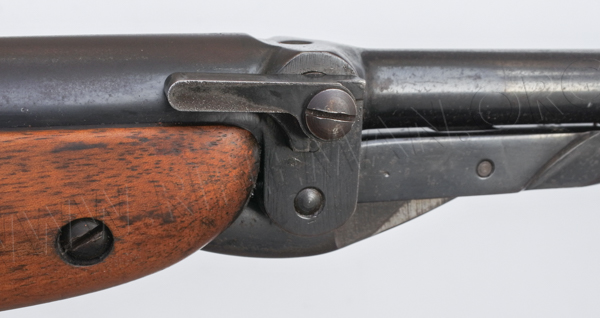 .................
................. 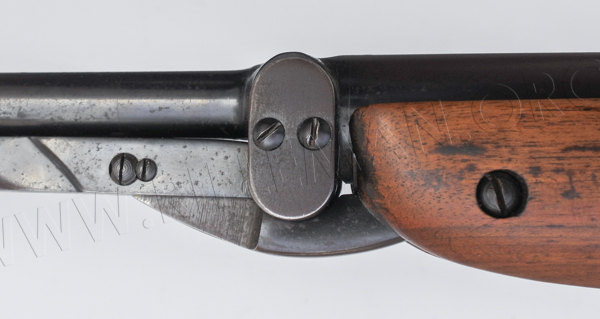
 .................
................. 
 ................
................ 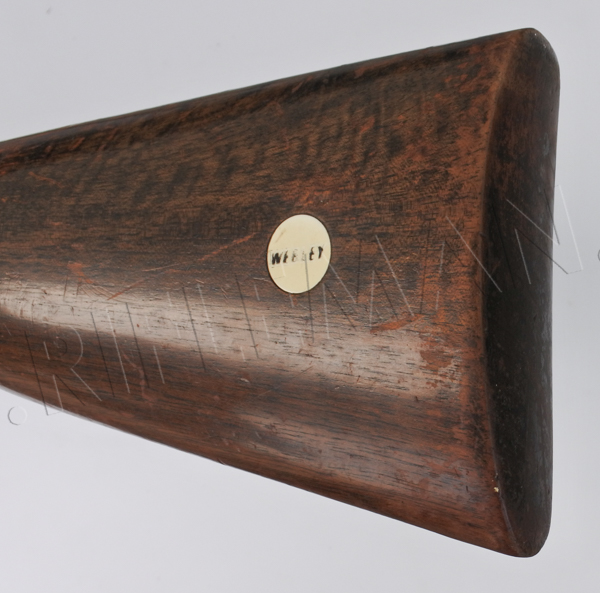
The last retail entry we found for the Mark III Webley was in Parker-Hale's catalogue of 1962.
The tax inclusive price was then £17:17:6 (£17.875) for either .177 or .22 calibre;
and there were three optional extras:
Chequering - 17 shillings (85p)
Three fitted sling-eyes - 1 guinea (£1.05)
Aperture sight PH.16M - £4
Aperture sight PH.17B - £5
But a trade price list in 1963 for the Mark III
showed the trade price as £15:15:0 (£15.75) excl. tax,
giving a trade figure of eighteen pounds, twelve shillings and a few pence,
greater than the recommended retail price of the previous year.

This was the year in which Webley launched the Super match, barely a year later becoming the Supertarget model.
Return to: TOP of PAGE
See this website's Raison d'être





